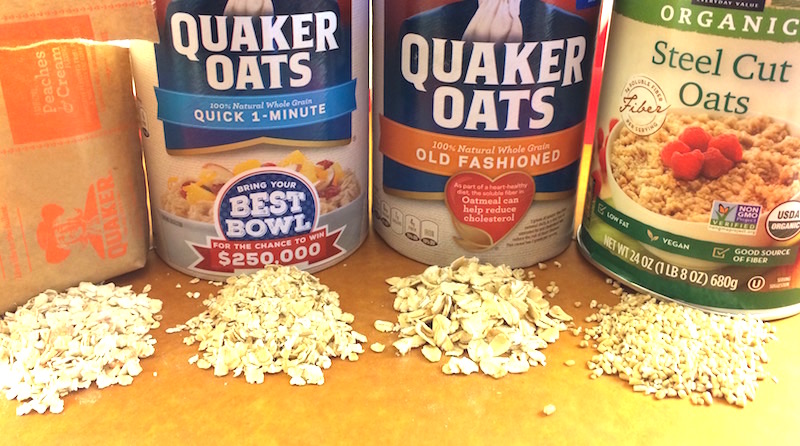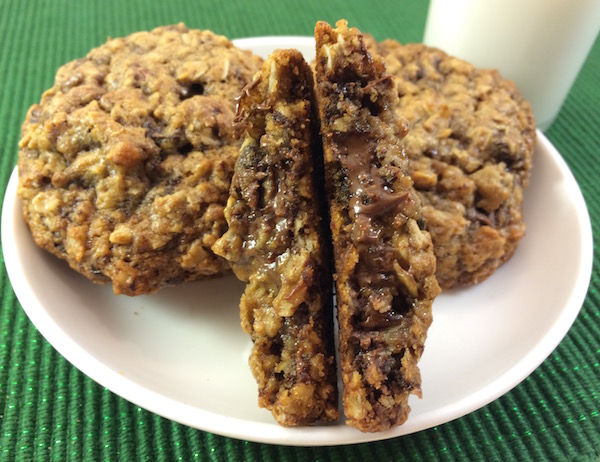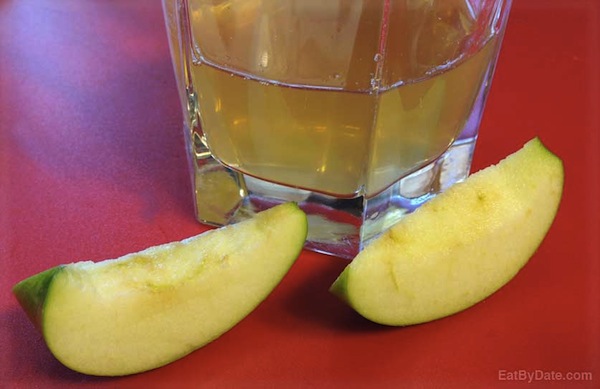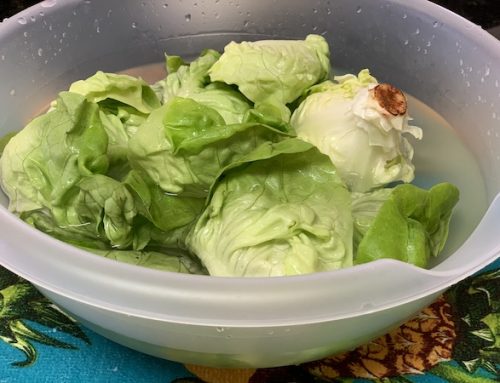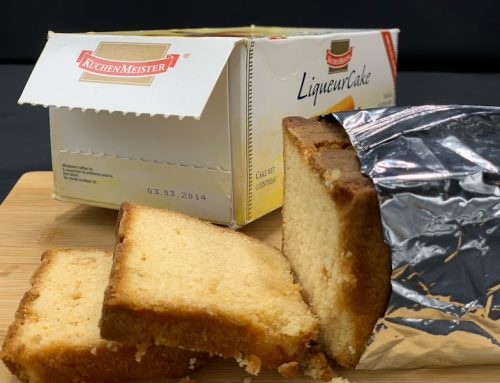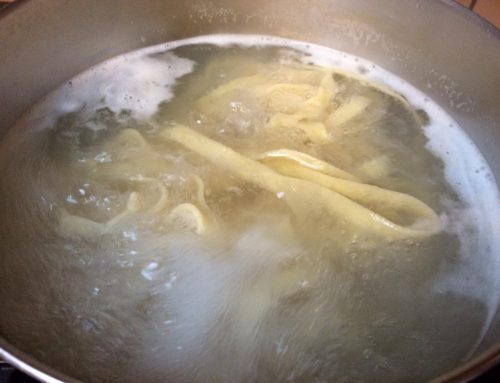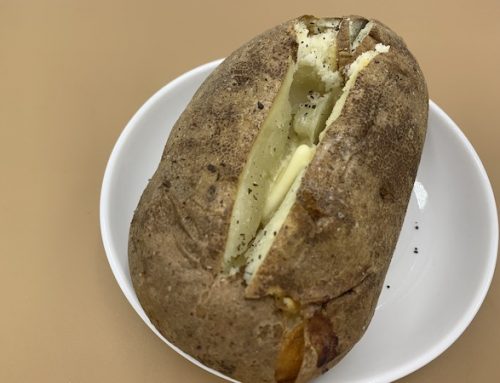What is Cross Contamination?
Question:
What is Cross Contamination?
Answer:
According to Webster, the definition of cross contamination is “an inadvertent transfer of bacteria or other contaminants from one surface, substance, etc., to another especially because of unsanitary handling procedures. With raw eggs, as with raw chickens, it is important to avoid cross contamination”. [1]
That “inadvertent transfer” is what good cooks strive to eliminate at all times when preparing foods. Let’s look at some cautionary steps that can, and will, prevent the nasty spread of bacteria in an everyday kitchen.
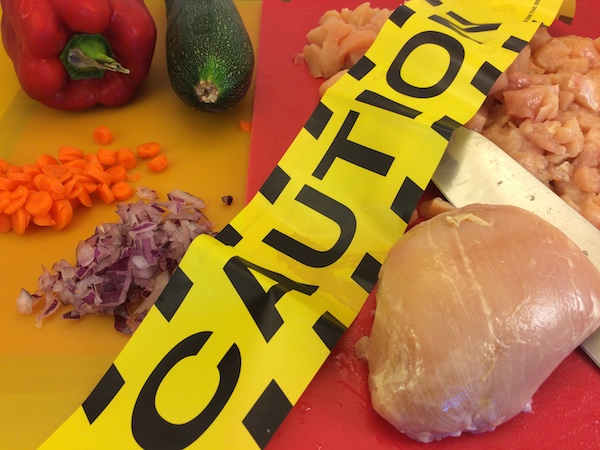
What is Cross Contamination?
Tips for Keeping a Healthy Kitchen
Cross contamination can happen several different
ways…
Contaminated food can touch fresh food, people can
transport bacteria to food, and equipment can
transfer bacteria to foods. Basically, food to food,
people to food, or equipment to food.
Salmonella is one of the most common causes of
food poisoning in the United States.
This bacteria is commonly carried by chickens, and
thus their eggs. Therefore, raw chickens and eggs
are some of the biggest concerns in the kitchen
– so much so that they are a part of the
Webster definition for cross contamination as quoted
above. The CDC estimates that there are about 1
million cases of people getting sick from eating
contaminated chickens every year.
[2].
Although chicken and eggs are the likely suspects, and extra care should always be taken when working with these two products, there are plenty of other contaminants around a common kitchen. Some other foods that require special attention are any type of raw meat and fresh vegetables. Bacteria needs food to grow and especially thrives with conditions of moisture, neutral acidity and warm temperatures. These conditions are all perfect in raw meats, seafood and fresh vegetables.
People to Food Precautions
WASH HANDS!!!
This is number one. It only takes 20 seconds of
contact with anti-bacterial soap to kill bacteria on
hands. If the cook forgets to wash their hands after
placing the raw chicken in the oven and then begins
to break lettuce for a salad… forget the
dressing and toss that salad directly into the
trash!
If the cook forgets to wash their hands after using
the bathroom, that bacteria will also be transferred
to any food that they touch.
Beware of wiping hands on aprons and kitchen
towels.
Get in the habit of always washing hands (again back
to #1) after touching something that could possibly
harbor bacteria before placing them
anywhere else – including a kitchen towel,
apron or clothes. Why? The germs will sit there
until you wash your hands and wipe them on that
towel to dry, where they will get picked up again
once again for further transfer!
Prepare foods at different times, cleaning the
area after preparing raw poultry (or meat or
seafood) products.
Cutting the raw meats at the same time as the raw
vegetables is just asking for trouble, especially if
there is more than one cook in the area which adds
to the confusion. Even on the grill, placing raw
meat next to food that is cooked and ready to be
removed from the grill can create a place of
possible bacteria transfer.
Another example of cross contamination is when
several people are eating from the same
container.
Take an ice cream container, for instance. Not only
does the
ice cream
melt and then re-freeze each time it is stuck back
into the freezer (making for an icy container of ice
cream), but germs (including flu and strep viruses)
can be passed via the ice cream container when
multiple people are dipping into the container.
Remember,
freezing does not kill germs
it only gives them time to take a nap.
Even just dips at a table can become traps for
germs.
There’s a rule in our family –
no double dipping! Holding a chip on one end and
dipping it into the bowl is OK, but a bitten chip is
forbidden back into the bowl. If someone at the
table is harboring cold or flu germs, double dipping
that chip back into the bowl would spread some of
those germs into bowl where they would be waiting
for the next persons chip to be submerged.
By the way, if someone sneezes into a bowl
that’s also cross contamination.
That’s what those awkward plexiglass covers
around the buffet table are for.
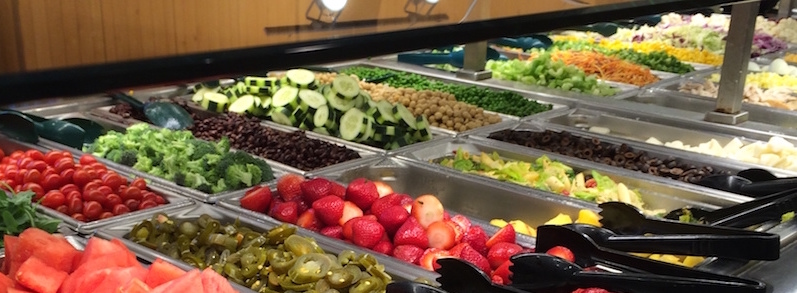
Food to Food Precautions
Store raw meats on a plate or drip pan on the bottom shelf of the fridge. This will prevent any raw meat drippings from accidentally getting absorbed into any fresh foods located on lower shelves.
Store cooked foods separate from raw
foods.
Always consider possible touching, leaking and
dripping when placing items into the refrigerator.
Rinse all fruits and vegetables well prior to
cutting.
If there is bacteria on the fruit, whether from
laying on the ground or being handled in the store,
and you slice it open… the bacteria is dragged
from the skin into the flesh of the fruit…
cross contamination!
Equipment to Food Precautions
Use a separate cutting board for raw
meats.
We have a red one that is used exclusively
for raw meats and then both the knife and cutting
board are washed and put put away afterwards. Use a
clean and different colored cutting board to cut
fresh vegetables at a separate time or location. We
use yellow for fresh veggies, but would
never place the two boards this close
together.

Get a clean knife.
Just
grabbing a knife (or spoon or spatula) that was left
sitting on the counter could prove dangerous.
Let’s say that to butter a slice of bread the
same knife is used that spread mayonnaise on a
sandwich much earlier that day… Whoops! Since
bacteria can begin forming on refrigerator foods
left out longer than two hours, some growing germs
may have now transferred into the unsuspecting
butter.
Wash equipment after using.
Even things like can openers can hang on to bacteria
picked up during normal usage.
Dipping the same spatula into several different
containers can become trouble further on down the
road.
Remember that each food has their own eat by date
and if you get some particles of a short shelf life
food into a container that should last a long time,
then the spoiling process can begin prematurely
within the food that should have lasted longer.
Seal garbage.
Keep trash bins away from food prep and clean and
sanitize the bins often.
Practice pest control.
Flies, cockroaches, mice and rats often carry
harmful bacteria and love to get to get into food
whenever possible – don’t let them.
Sometimes people get careless.
So, stay alert and practice safe handling procedures
at all times. We really like the USFDA slogan of
“Be smart. Keep foods apart.”[3]
What is Cross Contamination?
Additional Information
Here’s a step by step instruction for disinfecting a cutting board.
For more on other types of contamination that can affect foods, see our food contamination post.
For more on general food safety tips, see our list of handling tips.


